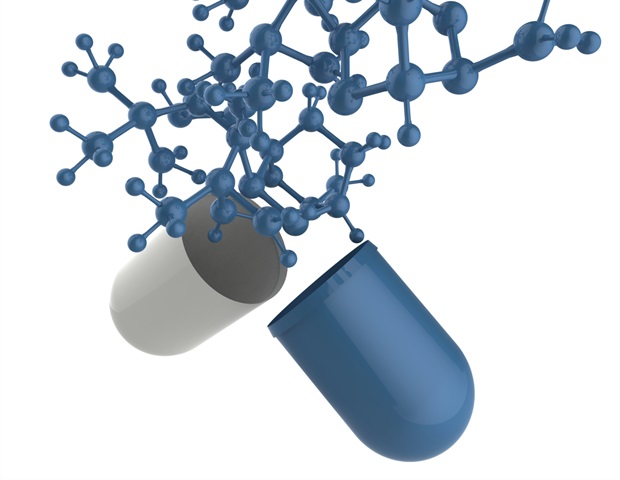The biomarker human neutrophil lipocalin HNL, which was previously shown to be a useful indicator of bacterial infections, may also in the form of Dimeric HNL be used to effectively monitor the success of antibiotic treatment in sepsis. The first promising results in this regard were published in 2019 and now the research group has confirmed these results in a larger study. The study is published in the journal PLOS ONE.
Sepsis, the costliest disease to health care, is a life-threatening condition with high mortality if not diagnosed and treated early and effectively. Mostly the cause is a bacterial infection. Thus, early and effective antibiotic treatment is lifesaving. The use of broad-spectrum antibiotics increases the likelihood of an effective treatment but may also add to the development of antibiotic resistance. The 2013 World Economic Forum classified antibiotic resistance as one of the biggest threats to global health. 1.27 million deaths were caused directly by antimicrobial resistance in 2019 and 13.66 million had sepsis as an immediate or intermediate cause of death. https://www.healthdata.org/research-analysis/health-risks-issues/antimicrobial-resistance-amr.
In a new study the scientists wanted to investigate if the use of HNL Dimer as a blood biomarker would be useful in the monitoring of antibiotic treatment of patients with sepsis and provide more reliable and faster response than the currently used biomarkers.
The investigation was conducted on 277 patients admitted to the intensive care unit. Blood was drawn at admission and the next three consecutive days and later analysed in the laboratory. For comparison with HNL Dimer, several other blood biomarkers were analysed for the purpose of following their kinetics during successful antibiotic treatment. These were Procalcitonin, Heparin-Binding Protein and CRP (C-Reactive Protein) and are all highly elevated in blood in patients with bacterial infections such as sepsis.
“The problem, however, with these biomarkers is that it often takes 4-5 days of successful treatment before any reduction in blood levels is seen. The levels of HNL Dimer are reduced much faster and often within a day of successful antibiotic treatment. Thus, by measuring HNL Dimer in blood in our patients we may gain important time savings of 3-4 days before we know the result of our antibiotic treatment” says Per Venge, MD and professor in Clinical Chemistry at the University of Uppsala in Sweden and who has conducted research for many years on Human Neutrophil Lipocalin as a biomarker of disease.
The assay of HNL Dimer is developed in close collaboration between Uppsala University and the company Diagnostics Development in Uppsala.
Venge, P., et al. (2024). HNL Dimer in plasma is a unique and useful biomarker for the monitoring of antibiotic treatment in sepsis. PLoS ONE. doi.org/10.1371/journal.pone.0310987.
Source link : News-Medica

